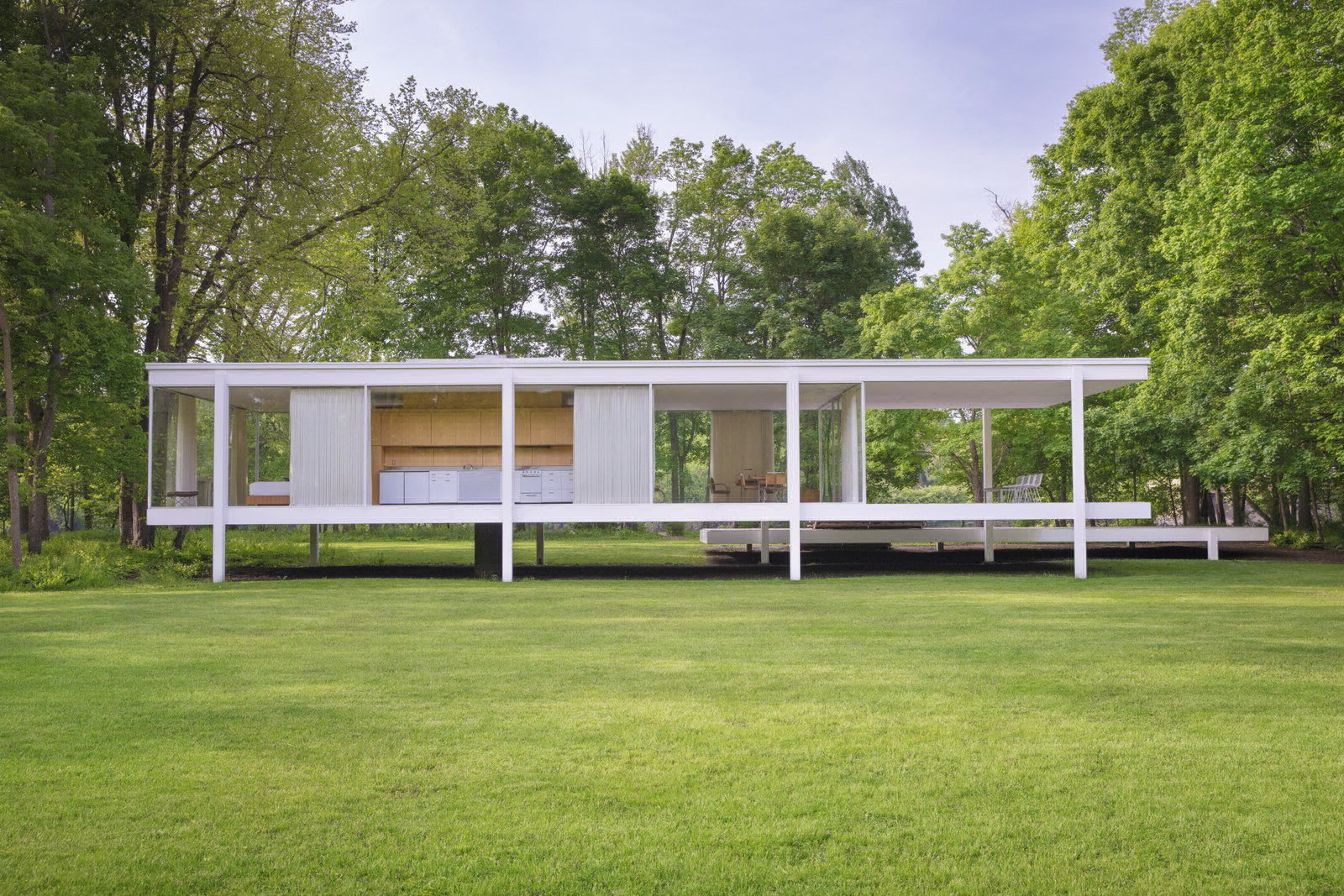The 2021 °®¶¹app National Symposium focused on the most important city in the United States when it comes to modern design – Chicago. I have never physically visited Chicago, but I was very grateful for my opportunity to attend this event. It illuminated not only the central role that the city of Chicago has played in Midcentury Modernism but also how it represents a node that connects the Midcentury Modern design of many other large cities in America, such as New York, San Francisco, Los Angeles, and Washington DC.
The event was virtual but didn’t fail to be engaging and compelling. The panels taught me a lot about the history and significance of Chicago landmarks, as well as the place those buildings hold in the future of architecture and preservation. Some are still standing and some are lost, such as the Cable Building by Holabird & Roche, which was demolished in 1961.
As an intern of , I appreciated learning about the preservation work and process to save and adapt modern buildings. I found myself learning about all the details and challenges that come with restoration and maintenance. In the Glass Boxes and Beyond panel, the keynote presented by Craig McDonald and Carol Neff (Director and Coordinator of Mid-Century Modern Midland) shed light on the importance of sharing the knowledge and history of Midcentury Modern buildings. They share in order for people to have a better understanding of the movement and help them understand why it is so important to cherish and preserve these structures. These are the very themes that we focus on at Hood Midcentury Modern. We educate people about the Midcentury Modern designs in their lives, neighborhoods, and surroundings.
Reflections on the 2021 °®¶¹app National Symposium
Author
Kadia Bah
Affiliation
Hood Midcentury Modern
Tags
I was very pleased that many of the discussions included a reflection on sustainability, especially during the second day’s panel Finding Resilience in Urbanism and Infrastructure. The panel discussed the restoration and maintenance of the Farnsworth house by Mies van der Rhoe during the Modern Dwelling at America’s Crossroads with Scott Mehaffey. They discussed its connection to nature from all sides and seasons. They also mentioned how it has been activated with different events, programs, and exhibitions. An admirable amount of work is put into preserving the design and intent by the original architect and designers. It was very interesting to see how °®¶¹app’s values have incorporated sustainability when it isn’t something that 20th century modern architects would have necessarily been as aware of as we are today. As an architecture student that often takes inspiration from Midcentury Modern design, it gave me examples of how the style can be adapted to today’s need for resilient and sustainable architecture.
I found myself resonating most with the lecture Who’s Modern: Blackness in MoMa’s Architecture and Design Archive because it addressed the participation of Black people in the Midcentury Modern movement of the United States, or lack thereof. I enjoyed learning about designers such as Joel Robinson, who despite having been trained in architecture from NYU and Cooper Union, was only allowed into the world of Modern design by becoming a fabric designer. His was the only work by an African American that was included in the 1950s Good Design exhibitions at the MoMA. Some African American architects and designers’ work was included in later Modern exhibitions. It is also valuable to note that there has recently been a Modern architecture exhibition at the MoMA called Reconstructions Architecture and Blackness in America (Feb-May 2021). The exhibition centered the lived experience of African American urban dwellers in modern buildings across ten American cities. We have come a long way, but it was interesting to imagine what it was like being a designer of color when the Modern designs that we love and draw inspiration from were being created.
My experience at the 2021 °®¶¹app National Symposium was amazing. I learned a lot and can only imagine what it would have been like to share this experience in the same room. I am very excited about next year’s symposium in Philadelphia.
About the Author
Kadia Bah was one of two recipients of the . Kadia Bah moved to the United States from Guinea in 2014 after high school. After two years of community college she started her bachelor in Architecture at the Academy of Art University in 2016. Since the beginning of her academic career she has always been drawn to modern design especially brutalism. In 2020 she joined the team of Hood Midcentury Modern as a social media intern; an online community that records and documents midcentury modern buildings specifically in the context of neighborhoods populated by black people and people of color. She is currently in her 5th year working on her thesis project and is the president elect of the AAU’s first NOMAS chapter.
If you would like to view recordings of the 2021 National Symposium, they are . °®¶¹app members can use code "Member" for $25 off the full package.
The 2022 National Symposium will take place June 1-4 in Philadelphia, PA. to receive the latest updates.




